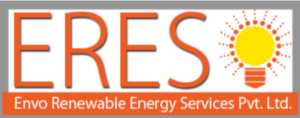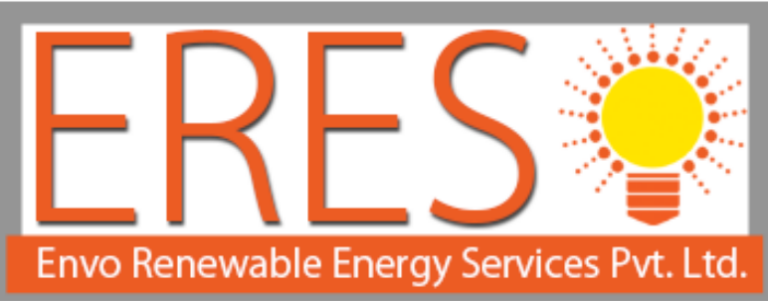BRIDGING THE GAP
Empowering Women in The Entrepreneurial Sector Through DRE
“Empowering women is the key to building a future we want.’’
– Amartya Sen
Introduction
Challenges faced by Women Entrepreneurs
Additionally, women often juggle family responsibilities alongside their business ventures, making it difficult to balance their professional and personal lives. These barriers highlight the urgent need for a comprehensive framework to support women entrepreneurs. Women entrepreneurs in India, particularly those involved in small businesses, face a unique set of challenges that hinder their growth and potential. These difficulties are often rooted in societal, financial, and institutional barriers. In India, traditional gender roles can restrict women’s participation in entrepreneurship. In rural and semi-urban areas, these societal pressures are even stronger, discouraging women from pursuing entrepreneurial ambitions. Also, one of the primary obstacles for women entrepreneurs in India is limited access to funding. Banks and financial institutions often require collateral or guarantors, which women may not always have.
Additionally, women are often perceived as higher-risk borrowers, leading to less favorable loan terms or outright rejection. This financial exclusion prevents many women from starting or expanding their small businesses.
Many women, particularly in rural areas, lack access to quality education and business training. This results in gaps in essential entrepreneurial skills like financial management, marketing, and digital literacy. Without proper education and training, women entrepreneurs struggle to manage and scale their businesses effectively.
Collaboration
Women’s participation in the Decentralized Renewable Energy (DRE) sector, particularly in the context of livelihood generation, holds immense potential for economic empowerment and sustainable development. Collaboration across various stakeholders’ governments, non-profits, businesses, and community organizations can play a pivotal role in promoting women-led enterprises in DRE. By leveraging partnerships and creating synergies between these groups, the barriers women face in this sector can be effectively addressed.

ENSURING EQUAL ACCESS TO RESOURCES THROUGH PARTNERSHIPS
Government Programs: Initiatives like the Ujjwala Yojana and Deen Dayal Upadhyaya Gram Jyoti Yojana already focus on rural energy access. Expanding these programs to include women entrepreneurs as key stakeholders can create livelihood opportunities.
Skill Development: Government-supported training programs tailored to DRE technologies, such as solar panel installation, solar water pumps, and clean cooking solutions, can empower women with technical skills. Collaboration with vocational training institutes or skill development missions can amplify this impact.
Awareness and Education: NGOs can raise awareness about the economic and social benefits of renewable energy among women and communities. They can run educational campaigns to showcase the entrepreneurial opportunities available in DRE.
Mentorship Programs: NGOs can also collaborate with women-led DRE enterprises by offering mentorship and support. Programs that connect experienced women leaders with aspiring entrepreneurs can help build confidence and business acumen.
Microfinance and Social Enterprise: Many NGOs specialize in microfinance solutions, which are essential for women in rural areas to access capital for setting up DRE-related businesses.
DRE SOUTIONS AIMED AT LIVELIHOOD APPLICATIONS
LIVELIHOOD SOLUTIONS
“ Women entrepreneurs are at the heart of driving innovation and resilience, especially in challenging times. As we move forward, we are committed to amplifying their voices, expanding access to essential resources, and fostering an environment where women-owned businesses can thrive. Now more than ever, we must champion new possibilities and innovative pathways for women to lead in building inclusive economies. Together, we are not just rebuilding, but reimagining a future where women entrepreneurs are central to sustainable growth and shared prosperity.”

Field Stories 1

MS. Pabitra Rabha one of the beneficiaries of the livelihood program, is a local weaver from Boko, Assam located approximately 65km from the major city Guwahati. Her family consists of 3 Members including a minor and her specially abled Sister-in-law. She being the bread earner of the family is breaking the typical stereotypical though process of her community, where men is the only bread earner. Her work, dedication and development towards ERI-SILK has made her famous in her hometown Boko. MS Rabha also has a strong network with the other local ERI-SILK traders and woven products. She does the marketing of her own products through Exhibition and Individual selling. However, in the peak season she finds difficulty in arranging money to invest for purchasing yarns to weave and meet the customer’s demand. As a working capital for purchasing warp and weft yarns, she would make an average expense of Rs. 2,800 per kg of yarns. In the peak seasons i.e., from October to February with the purchased yarns she could earn a profit of Rs. 17,000 per month by selling the woven products mainly the Eri stalls, Saree etc. She was looking for another alternative solution to increase in her profit during the peak seasons. For that, ERES in collaboration with SELCO Foundation has installed a whole set up of Solar powered Spinning machine in her house to understand the social, financial impact in her livelihood.
Her sister-in-law knows traditional hand spinning of Eri with takuri and now, she is personally using the demo Machine to spin the Eri yarn. Although, the quality of the spun yarn cannot compete with the industry produced yarn in terms of its surface finished, it is equivalent to the hand spun yarn, otherwise. As mentioned by Ms. Rabha, after her sister-in-law assisted her in carrying out the spinning activity to spin required yarn for the next step i.e; weaving, has helped the family in several ways. Because of her engagement in this activity, Ms. Rabha can find time for herself to work other household activities, weaving more clothes in her Handloom, attend important meeting with client and exhibition. Now, the sister-in-law finds happiness in doing spinning by herself. She engages herself in this activity for 3 to 4 hours a day which has tremendously helped her in growing her mindfulness.
In terms of financial aspect, Ms Rabha does not need to buy the weft yarn from the local trader. Now, she only buys the cocoon at Rs. 30 per 80 numbers of cocoon and have weft yarn made by her sister-in-law in the demo machine. Considering, by selling the same numbers of naturally dyed woven stalls and sarees that she usually does, she is now able to save at least half of the money that she has earlier invested as the production cost. Currently, in the peak seasons, she can earn an average amount of Rs. 20,000 per month. Hence, she is now able to reduce the production cost and earn more profit.



